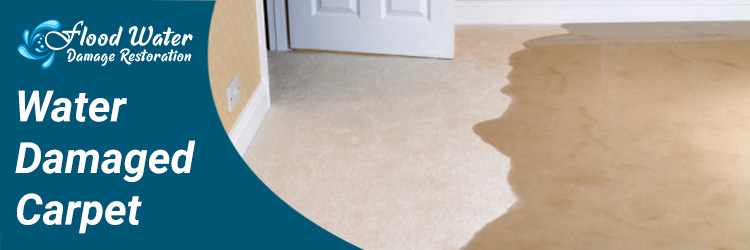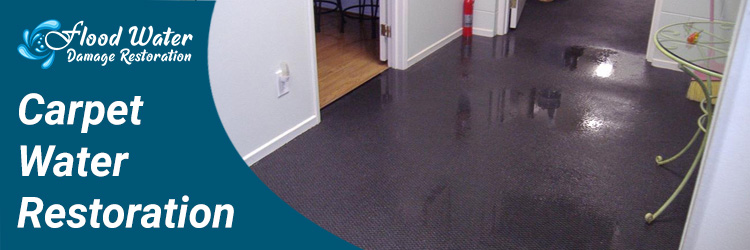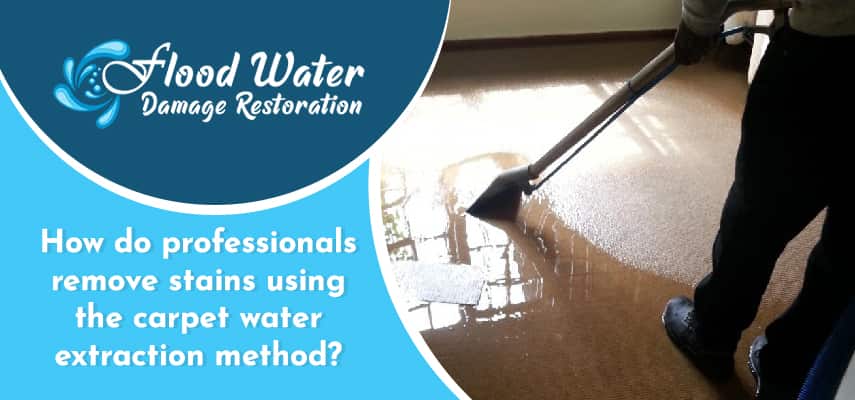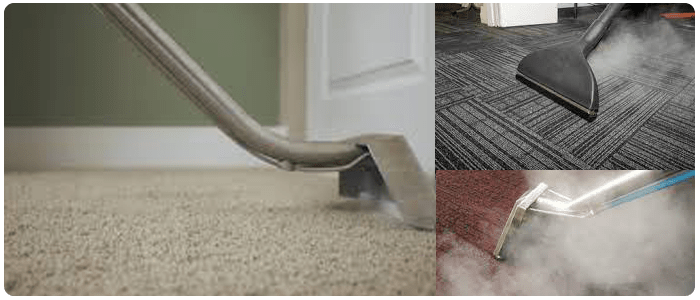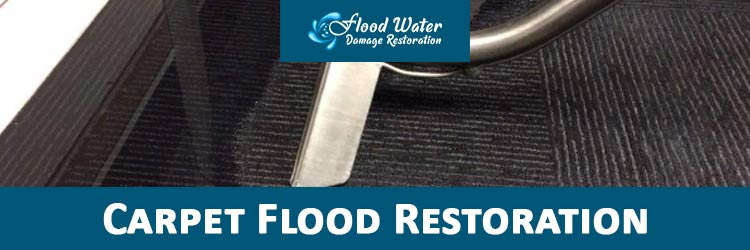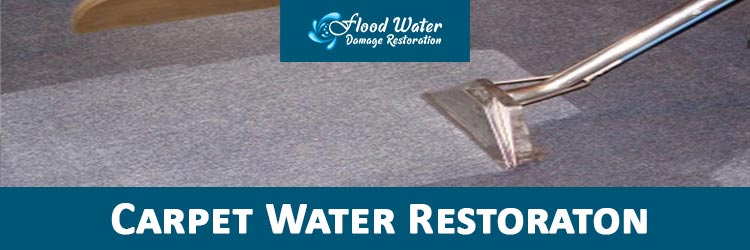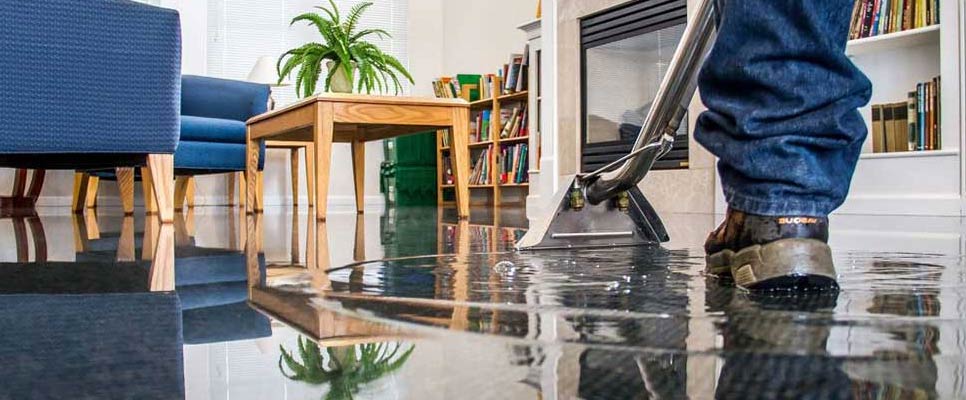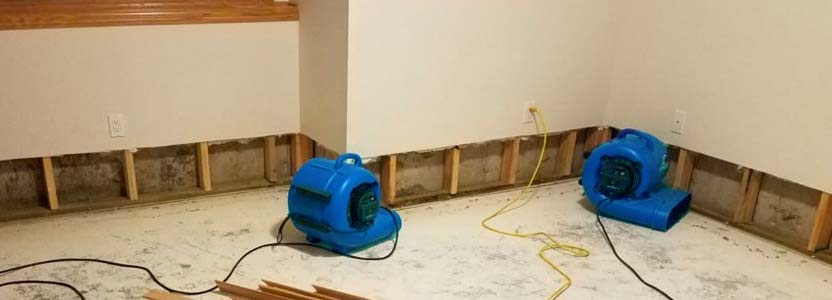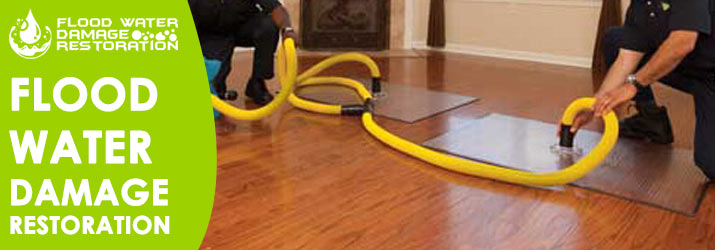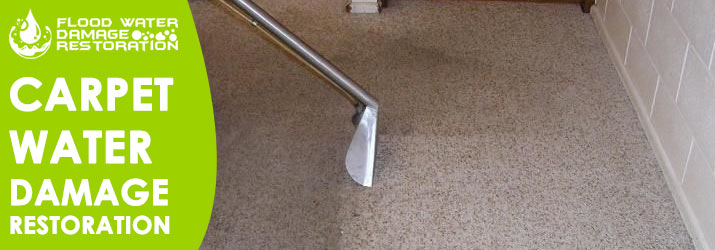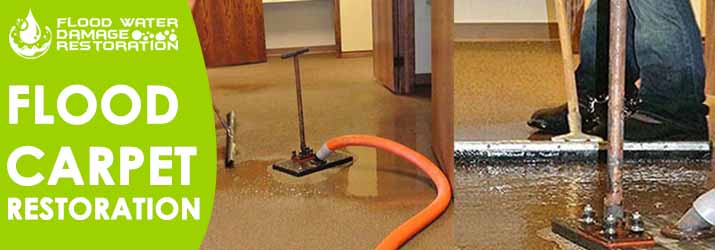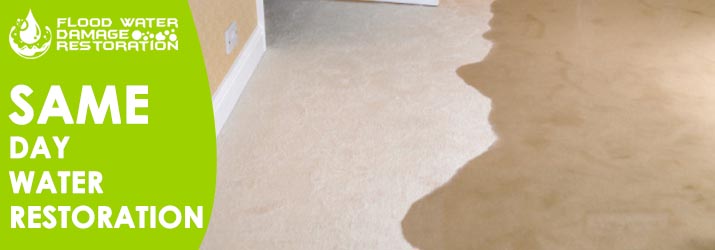Flood damage can disrupt lives and leave properties in disarray. Swift and systematic action is crucial to minimize damage and restore your property to its pre-flood condition. Whether you’re handling the situation yourself or hiring professionals, understanding the essential steps for effective flood damage restoration ensures a safer and faster recovery process.
1. Prioritize Safety First
Floods can create hazardous conditions, so your first step should always be ensuring safety.
- Turn Off Electricity and Gas: Shut down utilities in affected areas to avoid electrical shocks or gas leaks.
- Wear Protective Gear: Use gloves, masks, and waterproof boots to avoid exposure to contaminated water and harmful debris.
- Evacuate if Necessary: If flooding is severe, wait for the water to recede or professional help to arrive before entering the property.
2. Assess the Damage
Thoroughly evaluate the extent of the damage to create an effective restoration plan.
- Inspect Affected Areas: Check walls, floors, ceilings, and furniture for water damage.
- Identify the Type of Water: Determine if the water is clean, gray (slightly contaminated), or black (sewage or hazardous).
- Document the Damage: Take photos or videos for insurance purposes before starting any cleanup.
3. Remove Standing Water
Quick removal of standing water is critical to prevent further damage and mold growth.
- Use Appropriate Tools: Employ buckets, mops, or wet-dry vacuums for small-scale flooding, or call professionals for industrial-grade pumps in severe cases.
- Drain Water Away from Foundations: Ensure water is directed away from your property to avoid further structural issues.
4. Dry and Dehumidify the Area
Effective drying is essential to prevent secondary issues like mold and structural weakening.
- Ventilate the Area: Open windows and doors to improve air circulation if weather permits.
- Use Fans and Dehumidifiers: Speed up the drying process by using high-capacity equipment.
- Check Hidden Areas: Inspect behind walls, under flooring, and in crawl spaces for trapped moisture.
5. Clean and Disinfect Surfaces
Floodwater often contains contaminants, making thorough cleaning a necessity.
- Sanitize Hard Surfaces: Use bleach solutions or eco-friendly disinfectants to clean walls, floors, and furniture.
- Dispose of Unsalvageable Items: Safely discard heavily damaged or contaminated materials like carpets, insulation, and upholstery.
- Focus on Mold Prevention: Apply anti-microbial treatments to inhibit mold growth in affected areas.
6. Inspect and Repair Structural Damage
Floodwater can compromise the integrity of your property, requiring detailed inspections and repairs.
- Check for Weak Spots: Look for cracks, warping, or weakened foundations.
- Repair or Replace Materials: Replace damaged drywall, insulation, or wooden structures.
- Consult Professionals: For extensive damage, seek help from structural engineers or contractors.
7. Address Mold Growth Promptly
Mold can start developing within 24-48 hours after a flood, posing health risks and additional costs.
- Remove Visible Mold: Scrub away small infestations with vinegar or baking soda solutions.
- Use HEPA Filters: Deploy air purifiers with HEPA filters to capture mold spores.
- Hire Experts for Severe Mold Issues: Professional mold remediation may be required for extensive contamination.
8. Restore and Renovate
Once the property is clean and dry, it’s time to restore it to its original condition.
- Repaint and Refurnish: Apply fresh coats of paint and replace damaged furniture.
- Upgrade Materials: Consider using flood-resistant materials like water-proof drywall and non-porous flooring.
- Install Preventive Measures: Add sump pumps, sealants, or drainage systems to reduce the risk of future flooding.
9. File Insurance Claims
Proper documentation and communication with your insurance company can ease the financial burden of restoration.
- Provide Evidence: Share photos, videos, and a detailed inventory of damaged items.
- Understand Your Policy: Check what’s covered, such as structural repairs, mold remediation, and temporary lodging.
- Work with Adjusters: Coordinate with your insurance company’s claims adjuster for accurate assessments and reimbursements.
10. Prevent Future Flood Damage
Investing in preventive measures can help minimize the risk and impact of future flooding.
- Elevate Electrical Systems: Raise outlets, switches, and wiring above flood-prone levels.
- Seal Foundations and Basements: Apply waterproof coatings and repair cracks.
- Install Flood Alarms: Early warning systems can alert you to rising water levels.
Conclusion
Effective flood damage restoration requires a combination of prompt action, thorough cleaning, and careful repairs. By following these essential steps, you can restore your property and safeguard it against future floods.
For severe damage or when the task feels overwhelming, partnering with a professional restoration company ensures a safe, efficient, and comprehensive recovery process.
Need Flood Damage Restoration Assistance? Contact Us for Reliable and Sustainable Solutions!
Published on: January 7, 2025
Last updated on: April 24, 2025

